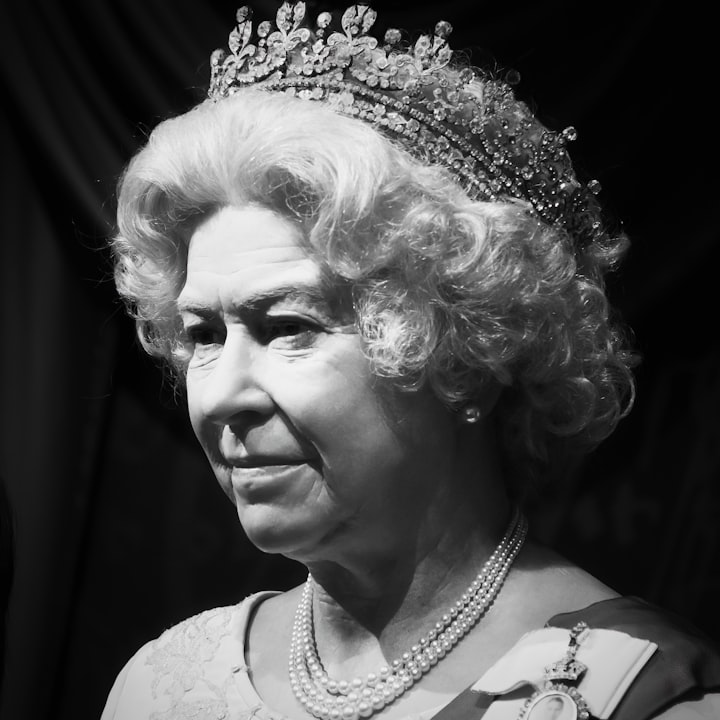
The Koh-i-Noor is a diamond that has been the subject of much fascination, folklore, and dispute for centuries. With a weight of 106 carats, it is considered one of the largest diamonds in the world and has a rich history that spans several continents and centuries.
The origins of the Koh-i-Noor diamond can be traced back to India, where it is believed to have been mined and prized for its incredible beauty and size. It is said to have been owned by various Indian rulers and empires over the centuries, including the Mughals and the Kakatiya dynasty.
In 1739, the diamond was seized by the Persian conqueror Nadir Shah during his invasion of India. It became part of the Persian royal treasury and was passed down through the generations of the Persian royal family.
In the 19th century, the British East India Company gained control of the diamond as a result of their expanding colonial empire in India. The diamond was presented to Queen Victoria in 1850 and was subsequently incorporated into the British Crown Jewels.
The Koh-i-Noor diamond has been the subject of much controversy and dispute over the years, with various countries and groups claiming ownership of the diamond. India has long sought the return of the diamond, viewing it as a symbol of their country's colonial past. However, the British government has consistently maintained that the diamond is a part of the British Crown Jewels and is therefore not available for return.
Despite its troubled history, the Koh-i-Noor diamond remains one of the most famous and valuable diamonds in the world. It is considered a symbol of British royalty and continues to be a part of the British Crown Jewels, which is on display for the public to admire at the Tower of London.
In addition to its historical significance, the Koh-i-Noor diamond is also notable for its incredible beauty and size. The diamond is said to have a distinctive, pale blue colour and is said to sparkle with a unique brilliance that sets it apart from other diamonds.
The Koh-i-Noor diamond has inspired countless works of art and literature throughout history, and its story continues to captivate people to this day. Whether viewed as a symbol of colonialism and oppression or as a testament to the incredible beauty and value of the natural world, the Koh-i-Noor diamond remains one of the most fascinating and intriguing treasures of our time.
In conclusion, the Koh-i-Noor diamond is a diamond that has a rich history that spans several centuries and continents. Despite its troubled past and ongoing disputes over ownership, the diamond remains one of the most famous and valuable diamonds in the world and is a symbol of British royalty. Its beauty, size, and unique history continue to captivate people to this day and make the Koh-i-Noor diamond one of the most fascinating and intriguing treasures of our time.
Firstly, the gravestone was of an analogous cut to other Mughal- period diamonds, like the Daria- i- Noor, which are now in the Iranian Crown Jewels. In 1851, it went on display at the Great Exhibition in London, but the lacklustre cut failed to impress observers. Prince Albert, the hubby of Queen Victoria, ordered it to bere-cut as a round brilliant by Coster Diamonds. By ultramodern norms, the culet(the point at the bottom of a rock ) is surprisingly broad, giving the print of a black hole when the gravestone is viewed head-on; it's nonetheless regarded by gemologists as" full of life".( 13)
Since arriving in the UK, it has only been worn by womanish members of the family. ( 14) Victoria wore the gravestone in a brooch and a circle. After she failed in 1901, it was set in the Crown of Queen Alexandra. It was transferred to the Crown of Queen Mary in 1911, and eventually to the Crown of Queen Elizabeth the Queen Mother in 1937 for her coronation.
Moment, the diamond is on public display in the Jewel House at the Tower of London. The governments of India, Iran, Pakistan, Afghanistan, and indeed the Taliban insurrection have all claimed power of the Koh- i- Noor, demanding its return ever since India gained independence from the British Empire in 1947. ( 15) The British government insists the gem was attained fairly under the terms of the Last Treaty of Lahore and has rejected the claims.
About the Creator
Sarath S
My name is Sarath S – an article writer with an eye for detail and a passion for storytelling. My aim is to bring the world closer by creating unique stories and connecting people through the written word. Follow me and join the journey.






Comments
There are no comments for this story
Be the first to respond and start the conversation.